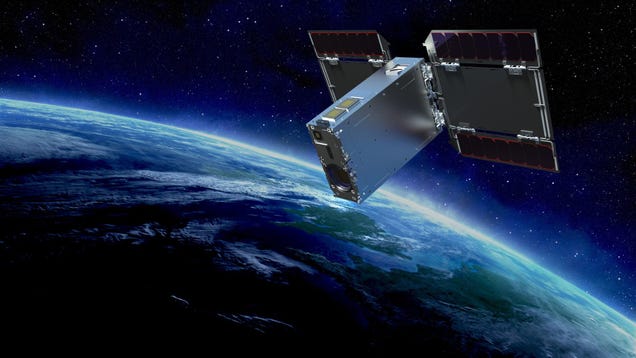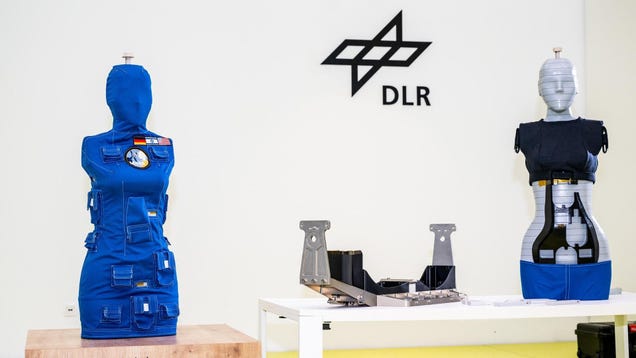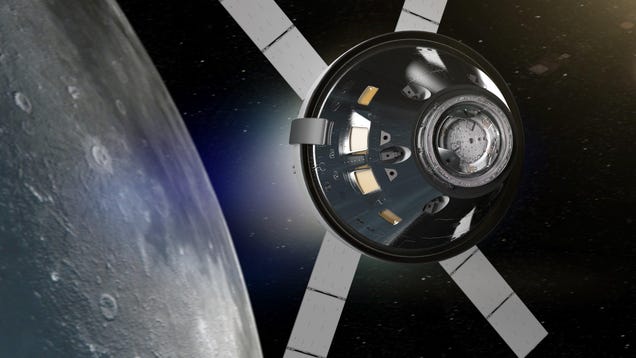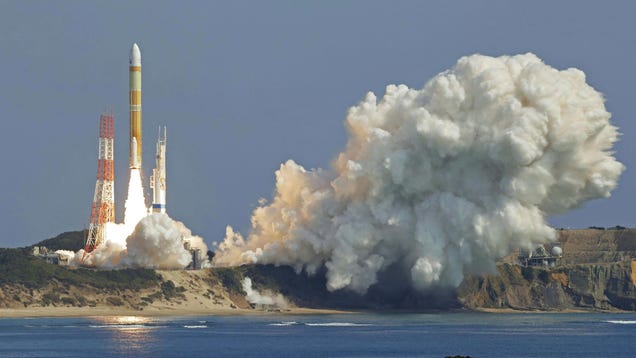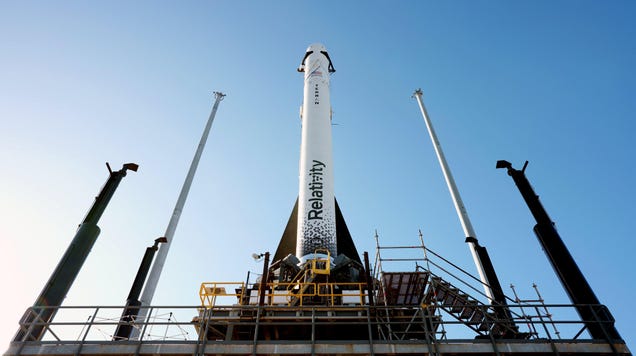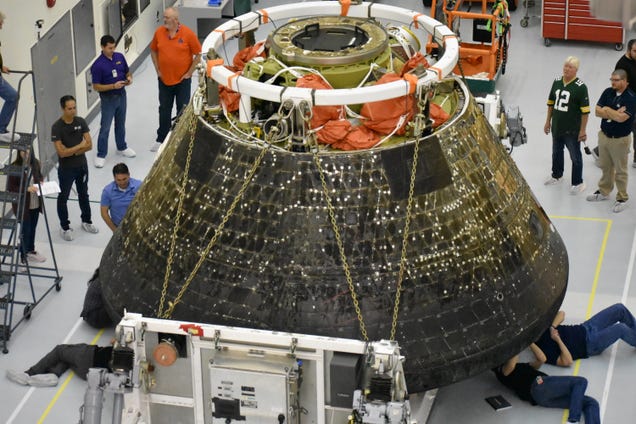
Humans have been launching rockets to space for nearly 80 years, yet it feels as though we’ve only hit the tip of the iceberg in terms of what’s possible. These upcoming rockets provide a promising glimpse of what we can expect during the next era of spaceflight.


